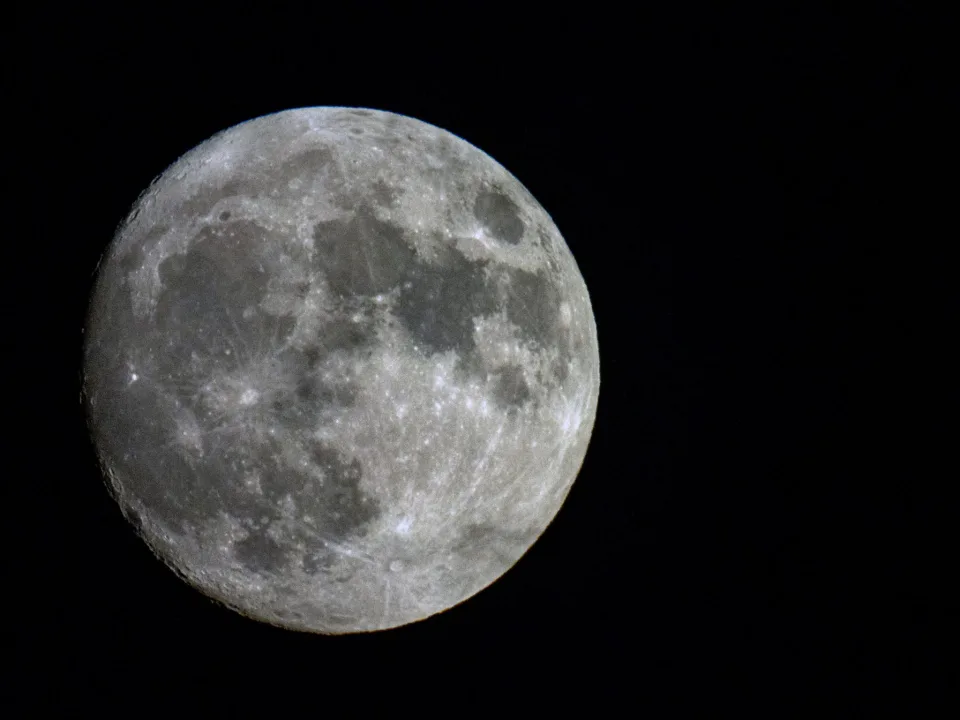
By Brett Tingley,
Published by Space.com, 13 November 2025
The DARPA program aims to improve the ability to “track potential threats and objects of interest originating from or transiting cislunar space.”
As the moon becomes the center of the new space race, the United States military is looking for new ways to keep track of spacecraft and other objects flying close to or from lunar space.

The Defense Advanced Research Projects Agency (DARPA) has issued a contract solicitation for new ways to process optical signals that allow for continuous space-based detection and tracking of objects in cislunar space. Cislunar space is a vast region of space influenced by the gravitational forces of both Earth and the moon. Because most tracking systems are designed for keeping tabs on satellites and spacecraft operating from low Earth orbit to geosynchronous orbit (GEO), there is a gap in the United States’ ability to detect and track objects much farther away, especially near the moon.
And as commercial, governmental or military activity ramps up in this region, most notably by the U.S. and China, the U.S. government sees a need for improved abilities to keep eyes on what is moving in and out of cislunar space. DARPA’s program, known as Track at Big Distances with Track-Before-Detect (TBD2), aims to “improve early warning capabilities for defense and civilian agencies who track potential threats and objects of interest originating from or transiting cislunar space.” It’s not stated what these potential threats might be, but the solicitation comes at a moment of heightened geopolitical saber-rattling in the race to become the first nation to put boots on the moon in the 21st century.

TBD2 aims to develop software algorithms that can be paired with commercially available optical sensors onboard spacecraft. The signals detected would need to be processed onboard the spacecraft and provide tracking of faint objects up that are over 1,40,000 miles (2 gigameters) away within hours, according to the solicitation.
DARPA’s current TBD2 contract solicitation seeks two different payload designs that would combine optical sensors with an onboard computer; one designed for use at Lagrange Point 1, and one that could be placed “beyond GEO/cislunar orbits.” The Sun-Earth Lagrange Point 1 is a gravitationally stable location in space 932,000 miles (1.5 million km) from Earth at which the gravitational pulls of Earth and the sun are equal, allowing spacecraft to remain in place with minimal energy expenditure.
There are also Lagrange points between Earth and the moon (Earth-Moon Lagrangians, or EMLs). Placing TBD2 spacecraft at these points, or beyond them, could allow them to monitor what the solicitation calls the “Earth-Moon corridor” and enable the detection and tracking of objects as small as 10-20 centimeters at distances of 125,000 miles to 250,000 miles (200,000-400,000 km), DARPA says.
TBD2 isn’t the only U.S. military program attempting to keep better tabs on what’s in cislunar space. The U.S. Space Force’s Space Systems Command (SSC) and the U.S. Air Force Research Laboratory (AFRL) are testing new propulsion technologies aimed at developing spacecraft that can “provide persistent situational awareness in cislunar space.”
See: Original Article





